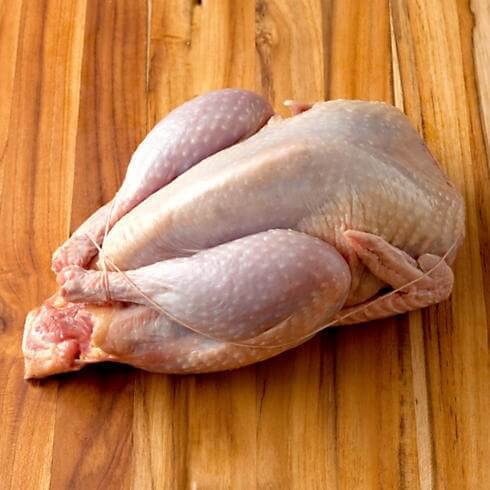
Purchase:
The pheasant is very colorful plumage. There are several kinds of pheasants: gold, silver, real and common. The latter, his flesh is not so fine, but if he is well prepared and young, is of great prestige. The female is preferred for having more tender meat although it is smaller.
Freshness:
Its tenderness is known in that it has the little developed spur and its tender sternum. Their hunting is carried out in winter.
It is prepared roasted, in pates and Galantinas.
Storage:
For hygiene, sanitation and to avoid contamination and possible intoxications, you should wash your hands and/or put on gloves before you begin to handle poultry meat.
It must mature outdoors for 4 -6 days.
If it is to be consumed soon it must:
- Place it in a container with a lid that prevents its juices from falling on other foods and produces a “cross-contamination”.
- Season and put it in the coldest place in the refrigerator to refrigerate.
- Otherwise, freeze on the bag for that purpose.
Freezing will be effective as long as no pathogenic agents are present.
Pack the air out of the bag as much as possible.
Use a large bag, which does not squeeze the contents into it.
Use plastic bags that can be sealed preferably if it is to be frozen for a long time. If it is for a short time (up to 3 weeks) wrapped in aluminum foil, with the opaque side facing inward.
Freeze at temperatures below 0 °c because the freeze keeps the microbes inactive by decreasing the movement of the molecules, preventing their growth and deterioration of meat and food in general.
When defrosting the meats, the microorganisms re-activate and can multiply to cause disease, for this reason defrost in the refrigerator. Never at room temperature and less re-freeze.
Conservation:
Freeze. Cool. Temp. Environment.
Duration:
3 months approx. 2 days approx. 4-5 days approx.
Notes:
- Take great care when handling raw poultry meat, because salmonella (a harmful and toxic micro-organism for human health) is transmitted to other foods by contact with this or used utensils and that have not been properly washed. The same way you have to wash your hands very well.
- Wash all the ingredients to be added.
- Cook at suitable temperatures.
- Separate raw food from cooked foods.
Danger!
It is vitally important to have information about the dangers of game meat when using lead-based munitions because of the risk of contamination of the meat as it enters into contact.
It should be known about lead, that being a metal that consumes the human, decreases the IQ and cognitive development (lower capacity of the brain to process information). This disease is known by the names of “Plumbismo”o “Saturninismo”, because the alchemists called this element, Saturn.
Children under the age of 6, pregnant women or who are trying to have children, cannot eat meat from animals hunted with lead ammunition because it is even more toxic to forming and developing brains than in mature brains.
It is therefore necessary to take precautions, with the meat hunted with this type of ammunition, even for people who are not within the aforementioned parameters. Cut and discard the piece of meat that is damaged by the ammunition and the area around the visible wound.


